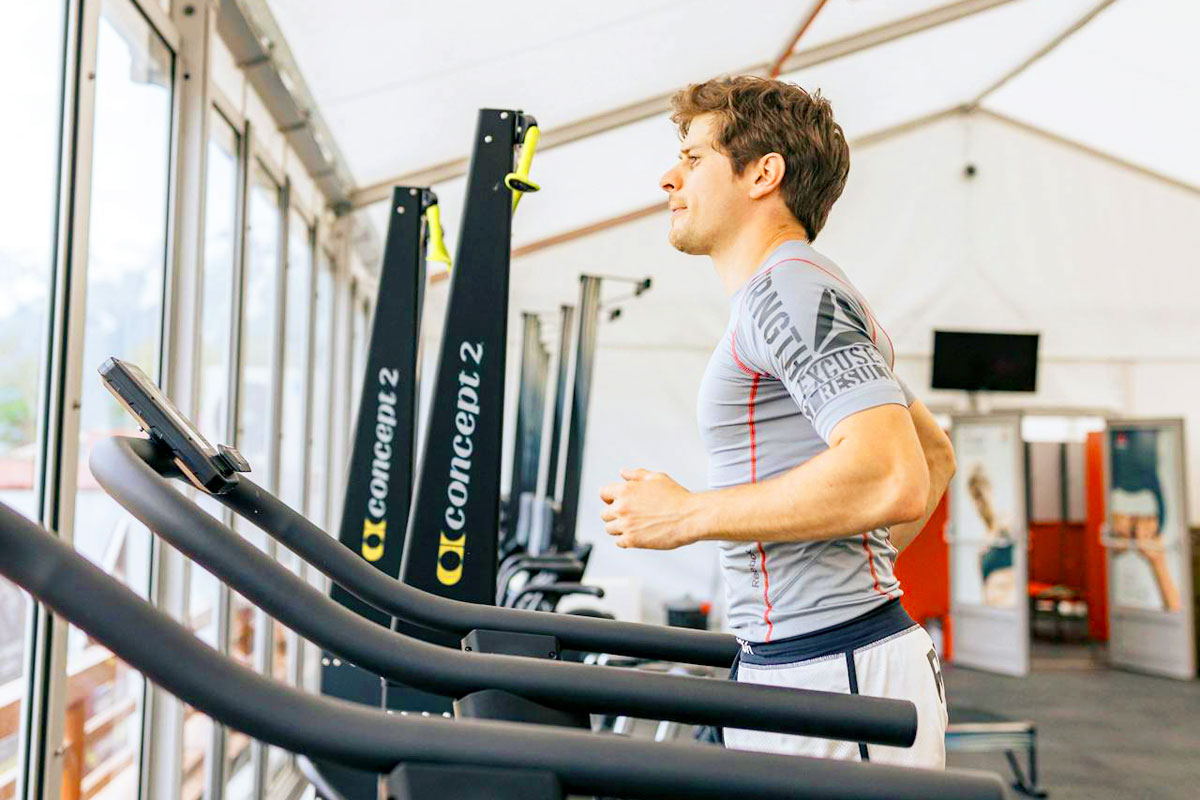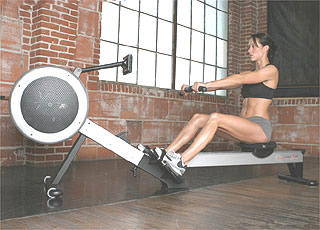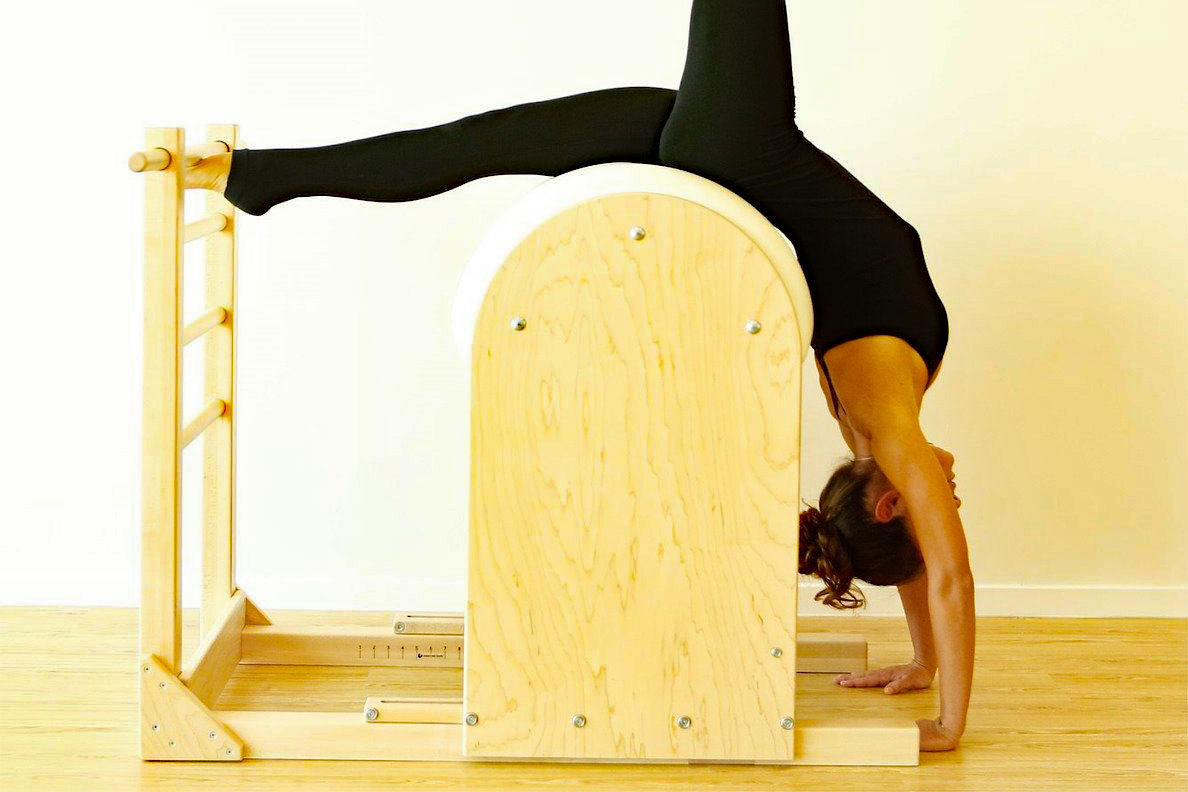The Most Underrated Fitness Hack of the Decade
It doesn't make you sweat buckets. It won't get you shredded in six weeks. And it certainly won’t impress your CrossFit buddy who just deadlifted a car. But Zone 2 cardio—the slow, steady, slightly boring cousin of HIIT—is quietly taking over elite training plans, medical recommendations, and your Instagram For You Page (usually disguised as someone hiking with a heart rate monitor strapped to their chest).
So what exactly is Zone 2 training? And why are ultra-endurance athletes, doctors, and savvy desk jockeys all raving about it? Spoiler: It's the workout that feels like you're doing nothing—until you realize you're doing everything right.
What Is Zone 2 Training, Anyway?
Your heart has zones. Five of them, to be exact. Zone 1 is your resting state (Netflix-and-chill heart rate). Zone 5 is full-blown sprint-or-die mode. Zone 2 is that magical in-between where your heart rate hovers around 60–70% of your max. You're moving, breathing a bit heavier, but still able to hold a conversation—ideally, one where you're complaining that you're not working hard enough.
Zone 2 training targets your **aerobic base**, teaching your mitochondria to become fat-burning powerhouses. Instead of relying on sugar for fuel, your body learns to oxidize fat efficiently—ideal for endurance, metabolic health, and long-term stamina. And yes, you get fitter while feeling like you're out for a stroll.
The Metabolic Magic: Fat Over Fuel
In Zone 2, your body preferentially uses fat for energy. Why is that good? Because fat is a nearly limitless fuel source. Carbs are fast-burning but limited; fat is slower but abundant. Improving your body's ability to burn fat enhances **metabolic flexibility**, which means fewer sugar crashes, better endurance, and more stable energy across the day.[1]
Studies have shown that Zone 2 training improves mitochondrial density, increases capillary networks in muscles, and reduces insulin resistance. Oh, and it also lowers resting heart rate, boosts VO2max, and reduces inflammation. Not bad for a workout you can do while listening to a podcast about sourdough bread.
Table: Zone 2 vs. Other Training Styles
| Training Type | Intensity | Primary Benefit | Recovery Demand |
|---|---|---|---|
| Zone 2 Cardio | Low-Moderate | Fat metabolism, endurance | Minimal |
| HIIT | High | Anaerobic capacity, speed | High |
| Strength Training | Variable | Muscle growth | Moderate |
| Zone 3–4 Cardio | Moderate-High | VO2max, lactate threshold | Moderate |
Why It Works for the 30+ Crowd
If you're over 30, chances are your joints have opinions. And those opinions usually scream when you start jumping, sprinting, or ego-lifting. Zone 2 offers a **joint-friendly**, low-impact way to build cardiovascular health without increasing your orthopedic bill.
For people juggling careers, families, and aging knees, it’s a win-win. You don’t need to change into compression tights or get "in the zone" mentally. You just need a watch, a route, and about 45–60 minutes of sustained, moderate movement. Bonus points if it's outdoors, away from screens.
The Athlete’s Secret Weapon
Elite endurance athletes have known this for decades. The bulk of their training—up to 80%—is performed at low intensities. They save the high-octane intervals for race prep, not Monday morning. Even hybrid athletes and CrossFit competitors now integrate Zone 2 to improve recovery and heart rate variability (HRV).
Professional triathlete Lionel Sanders famously shifted his training to focus more on Zone 2—and saw dramatic improvements in performance and recovery. If it works for someone doing Ironmans, it probably works for your 5K prep or "survive the spin class" mission.
Yes, It Feels Too Easy. That’s the Point.
The biggest challenge? Your ego. Zone 2 feels too easy. You’ll question whether it’s doing anything. You’ll be tempted to speed up, sweat more, or “just throw in some sprints.” Don’t. The physiological adaptations are happening under the surface. It’s the metabolic equivalent of compound interest.
This is the workout that improves your **life force** without stealing your soul. You’ll walk taller, breathe easier, and recover faster from everything else—lifting, life, or toddler tantrums.
How to Know You’re in Zone 2
Zone 2 isn’t defined by speed. It’s defined by internal effort—specifically your heart rate and your body's metabolic response. The goal is to stay in the **aerobic zone**, where your body relies primarily on fat for fuel without accumulating significant lactate. But how do you know you're really there?
The basic formula is:
Max Heart Rate = 220 – your age → Zone 2 = 60–70% of that number
So if you're 40, your estimated max HR is 180 bpm. That means Zone 2 falls between 108 and 126 bpm. Simple? Yes. Precise? Not exactly.
More accurate methods: If you’re serious, consider a lab test to determine your **lactate threshold** or **ventilatory threshold 1 (VT1)**—the point where lactate just begins to accumulate and breathing gets noticeably harder. This gives you a personalized, physiology-based Zone 2 range that’s much more useful than the age formula.
Talk Test: Still the most practical method. If you can maintain a steady conversation—think talking in full sentences without gasping—you’re in Zone 2. If you can sing, you’re in Zone 1. If you're grunting, panting, or composing an internal monologue of swear words, you’ve gone too far.
Wearable Technology: Most smartwatches and fitness bands can estimate your zones. Just beware: devices often mislabel your zones based on flawed formulas. Better wear a chest strap (for accuracy) and learn your own subjective cues. If your smartwatch tells you you're in Zone 5 while you're strolling, you probably need a new strap—or a second opinion.
Common Mistakes:
1. Going too hard: People think if they’re not suffering, it’s not working. But Zone 2 is **sub-threshold**, not punishment. If your pace feels embarrassingly slow, you’re probably doing it right.
2. Using pace as a proxy: Your 9-minute mile may be Zone 2 today, but after a stressful week and poor sleep, it might spike your HR to Zone 4. Always go by heart rate, not pace.
3. Training “gray zone”: That’s Zone 3—too hard to recover from, too easy to yield maximum benefit. It’s seductive, but inefficient.
So what does Zone 2 feel like? A brisk walk uphill. A slow jog with nasal breathing. A long bike ride with a friend. A pace where you’re moving with purpose but still polite enough to ask, “Hey, how’s your week been?”—and mean it.
It’s the cardio you’ll want to underestimate—until you realize it’s rebuilding your entire metabolic engine.
When & How Often?
Start with 2–3 Zone 2 sessions a week of 45–60 minutes. More is better—especially if you're replacing doomscrolling with a walk or slow bike ride. Combine it with strength training and optional HIIT, and you’ve got the holy grail of sustainable fitness.
Zone 2 isn’t a trend. It’s how your body was designed to move before modern life turned everything into a sprint.
Lazy, Smart, Effective
If fitness had a savings account, Zone 2 would be your automated deposit. It won't go viral, but it’ll keep you healthy when your PRs plateau and your knees start complaining. Whether you’re an aging athlete, a stressed-out desk warrior, or just someone tired of pretending you like burpees—Zone 2 is your new best friend.
So strap on that monitor, lower your expectations, and take a walk. It’s the smartest lazy workout you’ll ever love.
Sources
[1] San-Millán, I., & Brooks, G. A. (2018). Assessment of metabolic flexibility by means of measuring blood lactate and fat oxidation. *Sports Medicine*, 48(9), 2025–2034.
[2] Seiler, S. (2010). What is best practice for training intensity and duration distribution in endurance athletes? *International Journal of Sports Physiology and Performance*, 5(3), 276–291.
[3] Hawley, J. A., & Leckey, J. J. (2015). Carbohydrate dependence during prolonged, intense endurance exercise. *Sports Medicine*, 45(1), 5–12.













